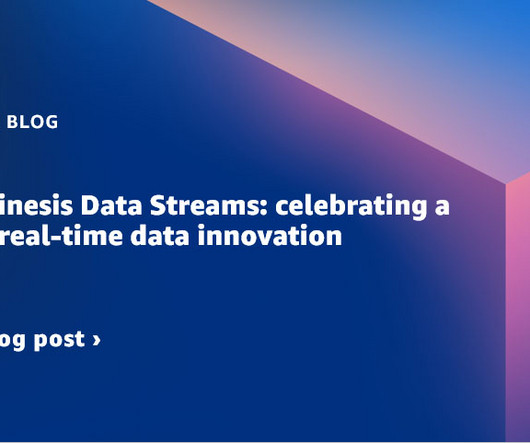Top 10 Data Innovation Trends During 2020
Rocket-Powered Data Science
JULY 6, 2021
Customer purchase patterns, supply chain, inventory, and logistics represent just a few domains where we see new and emergent behaviors, responses, and outcomes represented in our data and in our predictive models. 5) The emergence of Edge-to-Cloud architectures clearly began pushing Industry 4.0 will look like).














Let's personalize your content